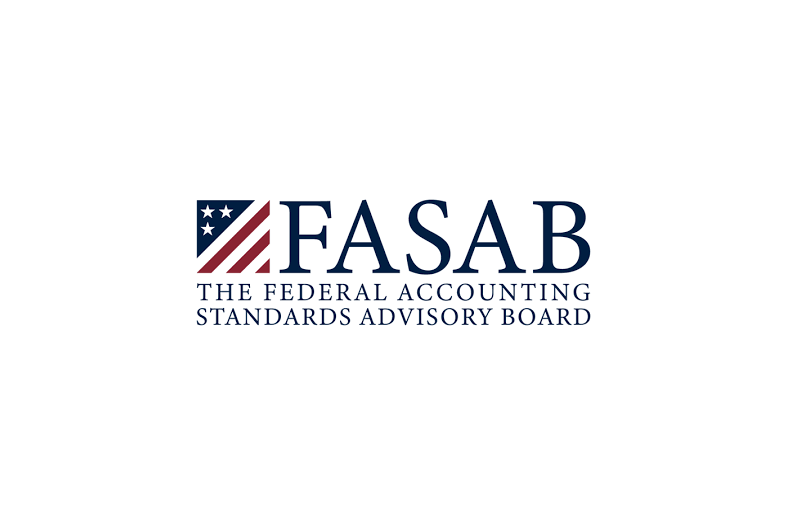The Federal Accounting Standards Advisory Board (FASAB) has issued new guidelines clarifying the treatment of seized crypto assets and central bank digital currencies (CBDCs). According to the federal authority, seized cryptocurrencies should be regarded as “nonmonetary property,” while CBDCs should be considered monetary instruments.
Accounting Standards for Seized Crypto Assets
On Friday, FASAB published a Technical Bulletin (TB) to establish clear standards for the accounting and reporting of seized and forfeited digital assets. FASAB, which develops accounting standards for the U.S. government, emphasized that central bank digital currencies are “official digital forms of government-backed money that essentially serve the same purposes as physical cash.” The bulletin specifies:
“Reporting entities should treat central bank digital currencies as monetary instruments and treat all other digital assets as nonmonetary property.”
Distinguishing Digital Assets
The bulletin elaborates that digital assets, including cryptocurrencies, stablecoins, non-fungible tokens (NFTs), security tokens, and privacy coins, do not typically possess the characteristics of fiat money. These assets are not effective as a unit of account, medium of exchange, or store of value.
Limitations of Cryptocurrencies
The FASAB explains that cryptocurrencies are not an effective medium of exchange due to the limited number of entities that accept them as payment. Additionally, they lack the characteristics that give fiat money its strength and legitimacy, such as backing by sovereign institutions and legal systems. The bulletin further states:
“Crypto assets do not typically represent a stable store of value, which is required to serve effectively as money, due to their substantial market value volatility.”
Valuation of Seized Digital Assets
For the valuation of seized and forfeited digital assets, the bulletin advises reporting entities to use a publicly observable active market for the specific digital asset. Management should use judgment in selecting the most appropriate market for valuation.
